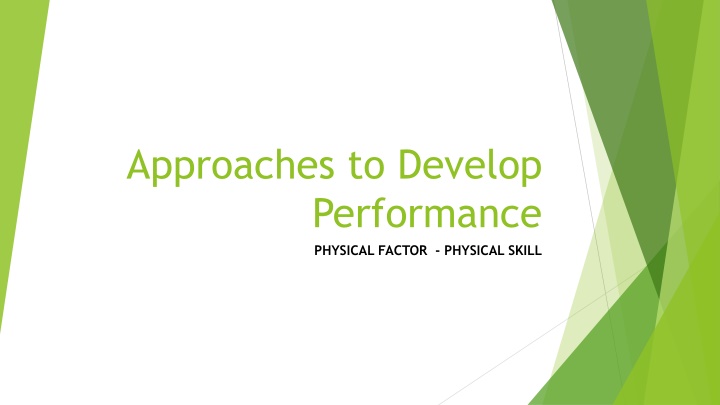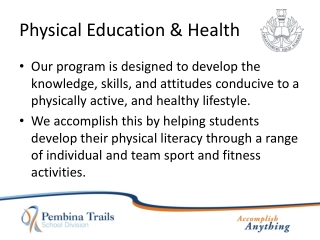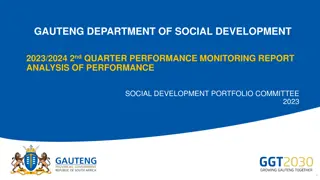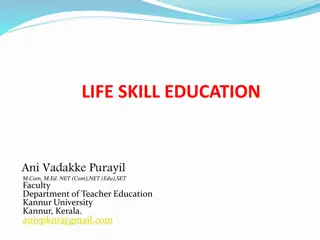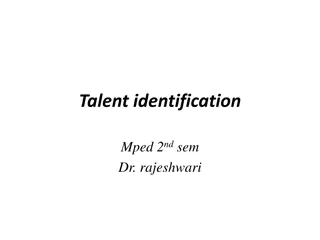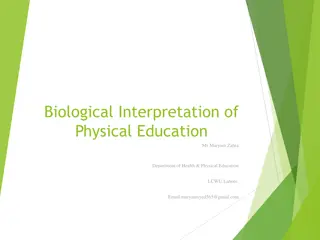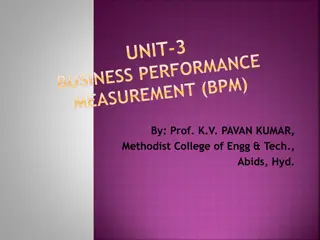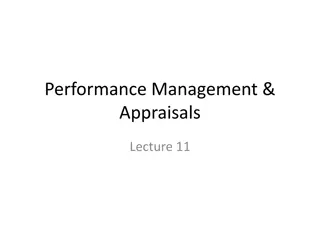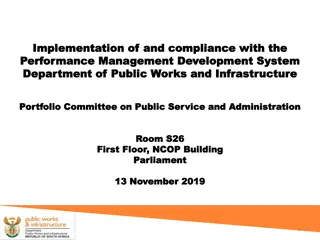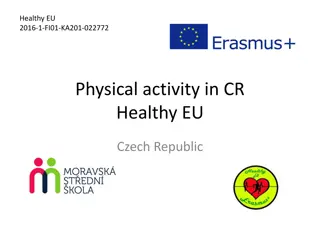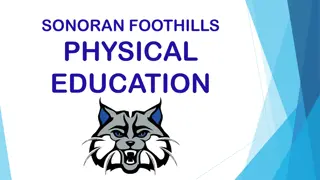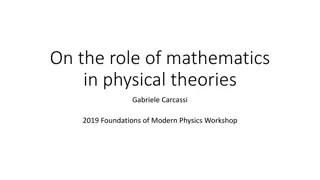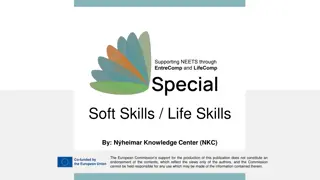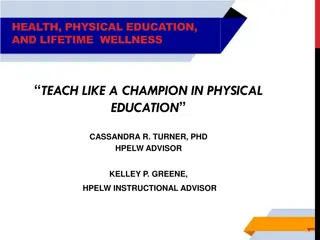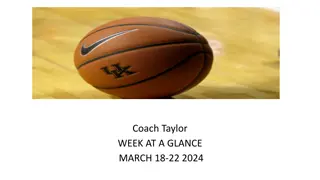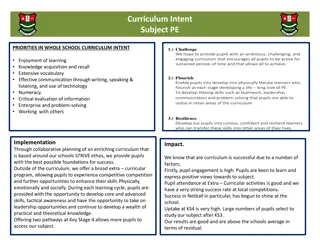Effective Approaches for Developing Physical Skills in Performance
After identifying a development need in your performance, choosing the right approach based on your learning stage is crucial. This article explores various methods such as shadow practice, repetition drills, pressure drills, and combination drills to enhance physical skills effectively. Each approach offers unique benefits to improve performance and address weaknesses efficiently.
Download Presentation

Please find below an Image/Link to download the presentation.
The content on the website is provided AS IS for your information and personal use only. It may not be sold, licensed, or shared on other websites without obtaining consent from the author.If you encounter any issues during the download, it is possible that the publisher has removed the file from their server.
You are allowed to download the files provided on this website for personal or commercial use, subject to the condition that they are used lawfully. All files are the property of their respective owners.
The content on the website is provided AS IS for your information and personal use only. It may not be sold, licensed, or shared on other websites without obtaining consent from the author.
E N D
Presentation Transcript
Approaches to Develop Performance PHYSICAL FACTOR - PHYSICAL SKILL
INTRODUCTION After gathering information on your performance and identifying a development need (weakness in your performance) you must select an appropriate development approach The development approach you select is mainly based on your stage of learning (cognitive, associative or autonomous) Each development approach has specific benefits and limitations
SHADOW PRACTICE This is were you have to shadow the movements of the skill you are trying to improve, e.g. practicing your footwork for a lay-up in basketball without any equipment The benefits of this development approach is: As there is no equipment, you can learn the skill without putting yourself under pressure You can focus on the feedback you receive and concentrate on specific movements without having to focus on external distractions, e.g. practicing the movement of playing a smash in badminton without the shuttle or an opponent
REPETITION DRILLS For this development approach you will repeat the same action over and over again, e.g. a goalkeeper practicing kicking a goal kick towards a target repeatedly The benefits of using this approach are: You are able to practice bits of the skill that are causing you problems You can groove the movements of the skill (sub routines) You can practice the skill over and over which will allow you to measure your consistency You will be able to increase you confidence as you can practice one specific skill until you a competent at performing it
PRESSURE DRILLS For this development approach you will be looking to add pressure into your practice. This will make the skill more game like as you are external factors that will challenge your ability to play a skill under pressure. This development approach should only be used when you are moving from the associative stage to the autonomous stage of learning The benefits of this approach are: You will be able to make practice more game-like and improve the transition of the skill to a competitive game Your practices will be more realistic Your practices will be more challenging and exciting. This can result in a higher level of motivation
COMBINATION DRILLS This development approach allows you to carry out specific skills in order, e.g. dig, set and spike in volleyball. This development approach is more likely to be used at the autonomous stage of learning The benefits of this approach are: This allows you to combine different skills that you would use in a game It is more game-like You can practice routines and tactics that you would use in a game The practices are more challenging and can keep you motivated when you are at the automatic stage of learning
CONDITIONED GAMES For this development approach you will play competitive games with rules or conditions on the game to highlight a specific skill or action. For example, in a game of hockey you can limit players to having only two touches sp that they focus on their passing and control The benefits of this approach are: Your practice will reflect your actual performance You will have to make snap decisions and respond quickly You will be able to focus on using a specific skill in your performance. This will highlight your ability to play this skill in a competitive situation
GRADUAL BUILD UP For this development approach you will break the development of the skill down into to staged levels of practice. As the name suggests the skill is gradually built up with each practice becoming more difficult and more game like. This approach is made up of the previous development approaches combined The benefits of this approach are: You can match your practices to your ability level at that time and make small adaptations to your practices to make them more challenging as your become more skilled You can maintain a high level of motivation as you complete each stage of developing a skill It helps you master aspects of a skill before you can move on to the next stage
WHOLE PART WHOLE For this development approach you will perform the whole skill in a practice or game situation. You will then select a specific part of the skill e.g. your footwork when performing a lay up. After you isolate one part of the skill you then practice that part on its own. Once you complete this you go back to performing the whole skill again in a practice or a game like situation Benefits of this approach are: It allows performers who have a high skill level to just work on the aspect of a skill they are struggling with rather than going through stages that they don t need to do It allows a performer to maintain a high level of motivation as they can work on a specific part of the skill then immediately go into a pressured/competitive scenario again
